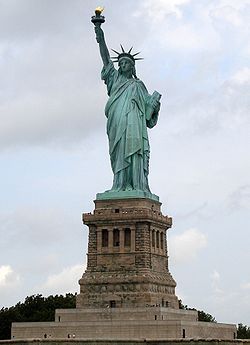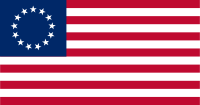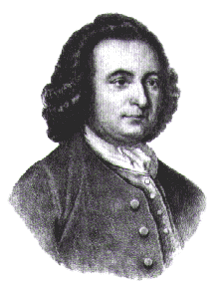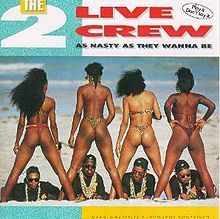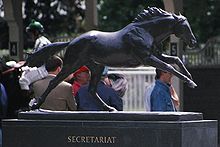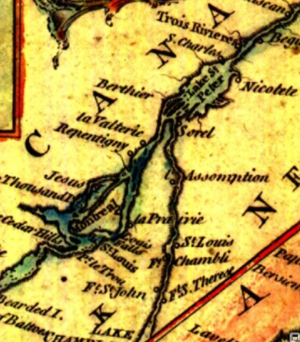This is your morning Open Thread. Pour your favorite beverage and review the past and comment on the future.
Find the past “On This Day in History” here.
Click on images to enlarge.
June 19 is the 170th day of the year (171st in leap years) in the Gregorian calendar. There are 195 days remaining until the end of the year.
On this day in 1964, the Civil Rights Act of 1964 is approved after surviving an 83-day filibuster in the United States Senate.
(President Lyndon B.) Johnson, who wanted the bill passed as soon as possible, ensured that the bill would be quickly considered by the Senate. Normally, the bill would have been referred to the Senate Judiciary Committee, chaired by Senator James O. Eastland , Democrat from Mississippi. Given Eastland’s firm opposition, it seemed impossible that the bill would reach the Senate floor. Senate Majority Leader Mike Mansfield took a novel approach to prevent the bill from being relegated to Judiciary Committee limbo. Having initially waived a second reading of the bill, which would have led to it being immediately referred to Judiciary, Mansfield gave the bill a second reading on February 26, 1964, and then proposed, in the absence of precedent for instances when a second reading did not immediately follow the first, that the bill bypass the Judiciary Committee and immediately be sent to the Senate floor for debate. Although this parliamentary move led to a filibuster, the senators eventually let it pass, preferring to concentrate their resistance on passage of the bill itself.
The bill came before the full Senate for debate on March 30, 1964 and the “Southern Bloc” of 18 southern Democratic Senators and one Republican Senator led by Richard Russell (D-GA) launched a filibuster to prevent its passage. Said Russell: “We will resist to the bitter end any measure or any movement which would have a tendency to bring about social equality and intermingling and amalgamation of the races in our (Southern) states.”
The most fervent opposition to the bill came from Senator Strom Thurmond (D-SC): “This so-called Civil Rights Proposals, which the President has sent to Capitol Hill for enactment into law, are unconstitutional, unnecessary, unwise and extend beyond the realm of reason. This is the worst civil-rights package ever presented to the Congress and is reminiscent of the Reconstruction proposals and actions of the radical Republican Congress.”
After 54 days of filibuster, Senators Everett Dirksen (R-IL), Thomas Kuchel (R-CA), Hubert Humphrey (D-MN), and Mike Mansfield (D-MT) introduced a substitute bill that they hoped would attract enough Republican swing votes to end the filibuster. The compromise bill was weaker than the House version in regard to government power to regulate the conduct of private business, but it was not so weak as to cause the House to reconsider the legislation.
On the morning of June 10, 1964, Senator Robert Byrd (D-W.Va.) completed a filibustering address that he had begun 14 hours and 13 minutes earlier opposing the legislation. Until then, the measure had occupied the Senate for 57 working days, including six Saturdays. A day earlier, Democratic Whip Hubert Humphrey of Minnesota, the bill’s manager, concluded he had the 67 votes required at that time to end the debate and end the filibuster. With six wavering senators providing a four-vote victory margin, the final tally stood at 71 to 29. Never in history had the Senate been able to muster enough votes to cut off a filibuster on a civil rights bill. And only once in the 37 years since 1927 had it agreed to cloture for any measure.
On June 19, the substitute (compromise) bill passed the Senate by a vote of 71-29, and quickly passed through the House-Senate conference committee, which adopted the Senate version of the bill. The conference bill was passed by both houses of Congress, and was signed into law by President Johnson on July 2, 1964.



